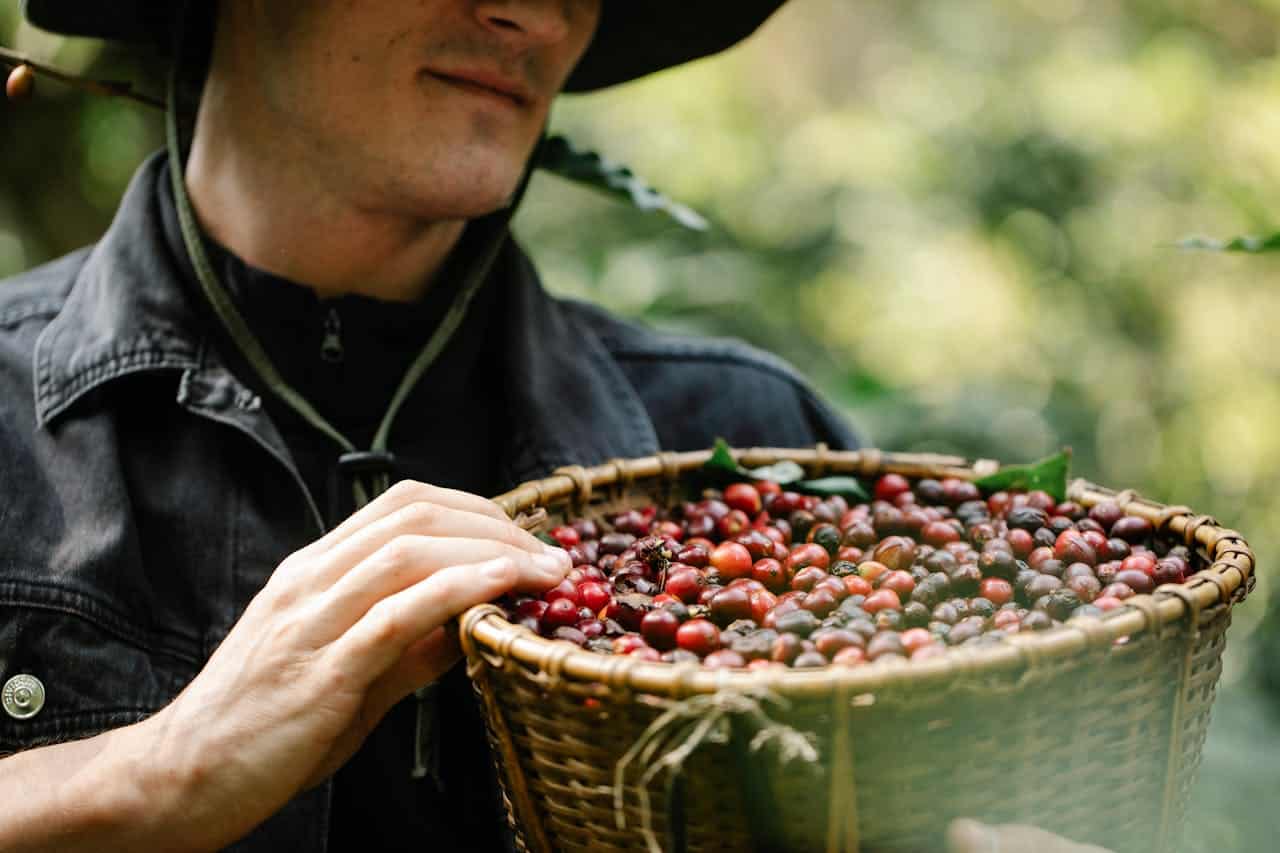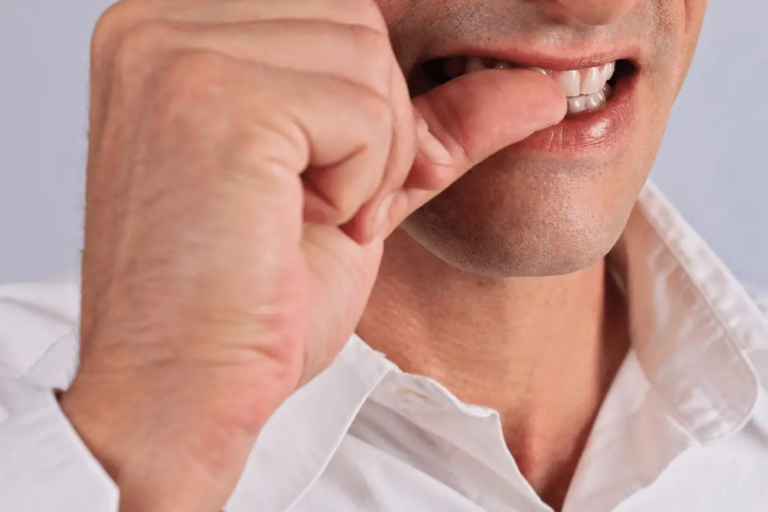The knowledge passed down through generations about medicinal plants holds incredible potential for treating various illnesses, including cancer. A recent breakthrough underscores this potential: a high school student, Destany “Sky” Pete, discovered that a traditional Native American recipe for chokecherry pudding could kill cancer cells in just 24 hours. This finding, made at the International Science Fair in Los Angeles, highlights the untapped medicinal value of traditional foods like the Native American chokecherry and the importance of integrating ancestral wisdom with modern science.
The Power of Traditional Knowledge
The ancient knowledge passed down through generations about medicinal plants holds immense potential for treating various illnesses, including cancer. However, modern scientific inquiry often demands empirical proof, making it challenging to validate these traditional remedies. This difficulty is compounded by the limited funding for natural remedies that cannot be patented, reducing corporate interest and sponsorships.
One notable exception is the story of Destany “Sky” Pete, a high school student from the Duck Valley Indian Reservation, who brought significant attention to a traditional Native American recipe for chokecherry pudding. Sky, a member of the Shoshone and Paiute Tribes, was motivated by the health issues in her community, which she linked to a lack of traditional foods in their diet. She hypothesized that these traditional foods, including chokecherry pudding, could hold the key to better health and possibly even cancer treatment.
Sky’s interest in chokecherry pudding, or toishabui, led her to conduct a scientific experiment to test its purported health benefits, particularly its cancer-fighting properties. She collaborated with Dr. Ken Cornell, a biochemistry professor at Boise State University specializing in cancer cell research. Together, they tested four types of chokecherry specimens on uterine sarcoma cancer cells. Remarkably, only the traditional chokecherry pudding, which included crushed chokecherry pits, successfully inhibited cancer cell growth within 24 hours. This discovery earned Sky the First Grand Prize at the 2017 Elko County Science Fair, highlighting the scientific potential of traditional knowledge.
Sky expressed her belief that traditional diets contributed significantly to the health of her ancestors. “I feel like our ancestors were really healthy. Nowadays, we’re prone to diabetes and other diseases. But back then, it was our food that made us healthy,” she remarked. This underscores the importance of integrating traditional foods and practices into modern diets for better health outcomes.
This story exemplifies the power of combining traditional wisdom with scientific research, paving the way for future studies and recognition of traditional medicinal practices. The success of Sky’s experiment not only validates the medicinal value of chokecherry pudding but also encourages further exploration of other traditional remedies. (1)
The Inspiring Story of Destany “Sky” Pete
Destany “Sky” Pete’s journey is a remarkable testament to the power of curiosity and determination. A member of the Shoshone and Paiute Tribes from the Duck Valley Indian Reservation, Sky was deeply concerned about the health issues prevalent in her community. She observed that modern-day ailments, such as diabetes, were becoming increasingly common and speculated that a departure from traditional foods could be a contributing factor.
Discovering the Health Benefits of Traditional Foods
Sky’s intrigue with traditional Native American foods, particularly chokecherry pudding, was more than just a personal interest. She believed that these traditional foods, which had sustained her ancestors for generations, could hold significant health benefits. Sky noted, “It was the traditional preparation of toishabui with the crushed seeds that had the results. I feel like our ancestors were really healthy. Nowadays, we’re prone to diabetes and other diseases. But back then, it was our food that made us healthy”.
Collaboration with Dr. Ken Cornell
Determined to scientifically validate the health claims of the Native American chokecherry, Sky sought the expertise of Dr. Ken Cornell, a biochemistry professor at Boise State University who specializes in cancer cell research. This collaboration was crucial in transforming traditional knowledge into scientific evidence. Dr. Cornell and Sky conducted an experiment using four types of chokecherry specimens on uterine sarcoma cancer cells. The results were groundbreaking: only the traditional chokecherry pudding, which included crushed chokecherry pits, successfully inhibited the growth of cancer cells within just 24 hours.
Achievements and Recognition
Sky’s experiment did more than validate the medicinal properties of chokecherry pudding; it earned her significant recognition. She won the First Grand Prize at the 2017 Elko County Science Fair in Nevada, triumphing over more than 440 other projects. This achievement not only celebrated her innovative approach but also highlighted the potential of traditional remedies in modern medicine.
Continuing the Legacy
Sky’s work has laid the foundation for future research into the health benefits of traditional foods. She plans to extend her research to test other types of cancer cells over a longer period. Her journey from a high school student to a celebrated young scientist underscores the importance of bridging traditional knowledge with scientific inquiry. Her story is an inspiring reminder of how youthful curiosity, when paired with rigorous scientific methodology, can lead to groundbreaking discoveries that benefit the broader community.
The Science Behind Chokecherry Pudding
The discovery that chokecherry pudding could inhibit cancer cell growth within just 24 hours was both groundbreaking and surprising. This revelation came from the dedicated research of Destany “Sky” Pete, who collaborated with Dr. Ken Cornell, a biochemistry professor at Boise State University. Their scientific investigation delved into the specifics of how this traditional Native American recipe could have such a powerful effect on cancer cells.
Experiment Design and Execution
Sky and Dr. Cornell designed an experiment to test the effects of different chokecherry preparations on uterine sarcoma cancer cells. They selected four types of chokecherry specimens, each prepared differently, to identify which, if any, had a significant impact on cancer cell growth. The specimens included:
- Fresh chokecherries
- Chokecherry juice
- Chokecherry extract
- Traditional chokecherry pudding, which included crushed chokecherry pits
Dr. Cornell’s laboratory at Boise State University provided the perfect setting for this detailed analysis. With advanced equipment and rigorous scientific protocols, they ensured the experiment’s accuracy and reliability.
The results of the experiment were astonishing. Only the traditional chokecherry pudding showed a significant impact on the cancer cells. Within just 24 hours of exposure, the cancer cells began to die. This effect was not observed with the other chokecherry preparations. Sky noted that the critical component was the inclusion of crushed chokecherry pits in the pudding, a traditional method that had been largely forgotten in modern times. (2)
Dr. Cornell explained that the crushed pits likely contained specific compounds responsible for the anti-cancer properties observed. These compounds, possibly antioxidants or other phytochemicals, were released during the traditional preparation method. Further research is needed to isolate and identify these compounds, but the initial findings are incredibly promising.
Scientific Validation of Traditional Knowledge
Sky’s research provided empirical evidence supporting the traditional medicinal use of chokecherry pudding by Native American tribes. This scientific validation is crucial, as it bridges the gap between anecdotal evidence and modern medicine. The success of Sky’s experiment emphasizes the potential of traditional foods and practices in contemporary health and wellness treatments.
Potential Mechanisms
The potential mechanisms behind the anti-cancer effects of chokecherry pudding involve several hypotheses:
- Antioxidant Properties: Chokecherries are rich in antioxidants, which help protect cells from damage caused by free radicals. This could play a role in inhibiting cancer cell growth.
- Phytochemicals: The pits of chokecherries contain various phytochemicals that might have anti-cancer properties. These could include compounds that induce apoptosis (programmed cell death) in cancer cells.
- Synergistic Effects: The combination of various compounds in the whole fruit, including the pits, might have a synergistic effect, enhancing the overall anti-cancer activity. (2)
Health Benefits of Chokecherry
Chokecherry, known scientifically as Prunus virginiana, is a small North American tree that produces antioxidant-rich fruits. These fruits, particularly their pits, have been used traditionally for their medicinal properties. Modern science is beginning to uncover the extensive health benefits of chokecherries, validating the traditional knowledge held by Native American tribes.
Nutritional Profile
Chokecherries are packed with nutrients that contribute to their health benefits:
- Vitamins and Minerals: Chokecherries are a good source of vitamins A and C, both essential for maintaining a healthy immune system and skin.
- Antioxidants: The fruits are rich in antioxidants, including anthocyanins, which help protect cells from damage caused by free radicals.
- Fiber: Chokecherries provide dietary fiber, aiding in digestion and promoting gut health. (3)
Antioxidant Properties
One of the most notable health benefits of chokecherries is their high antioxidant content. Antioxidants are compounds that neutralize free radicals, unstable molecules that can cause oxidative stress and damage cells. Oxidative stress is linked to various chronic diseases, including cancer, heart disease, and neurodegenerative disorders.
- Anthocyanins: These pigments give chokecherries their dark color and have potent antioxidant properties. Studies have shown that anthocyanins can help reduce inflammation, lower the risk of heart disease, and protect against certain types of cancer.
- Flavonoids: Chokecherries also contain flavonoids, another group of antioxidants that support cardiovascular health and have anti-inflammatory and anti-cancer effects.
Cancer-Fighting Compounds
The traditional preparation of chokecherry pudding, which includes crushed chokecherry pits, has been shown to have significant cancer-fighting properties. The pits contain specific compounds that can inhibit cancer cell growth, as demonstrated by the research of Destany “Sky” Pete and Dr. Ken Cornell.
- Cyanogenic Glycosides: While these compounds can release small amounts of cyanide, they are safe in the quantities used in traditional recipes. Cooking the chokecherry pudding neutralizes any potential toxicity. These glycosides may have medicinal properties that contribute to the anti-cancer effects observed in the studies.
Traditional and Modern Uses
Historically, Native American tribes used chokecherries not only for their nutritional value but also for their medicinal properties. The fruits and pits were used to treat various ailments, from digestive issues to respiratory problems. Today, chokecherries are being rediscovered for their health benefits and incorporated into various modern preparations.
- Chokecherry Pudding: This traditional recipe uses the whole fruit, including the pits, and has been shown to have anti-cancer properties.
- Chokecherry Jam and Jelly: While these recipes often discard the pits, they still provide the antioxidant benefits of the fruit.
- Fruit Leather and Juice: These are other popular ways to enjoy chokecherries while benefiting from their nutritional and medicinal properties
Safe Consumption of Chokecherry
Chokecherries, known for their numerous health benefits, must be consumed with caution due to the presence of cyanogenic glycosides in their pits. Understanding how to prepare and consume chokecherries safely is crucial to enjoying their medicinal properties without any risk.
Cyanogenic Glycosides in Chokecherry Pits
Chokecherry pits contain cyanogenic glycosides, compounds that can release cyanide when metabolized. In large amounts, these compounds can be toxic. However, traditional and modern preparation methods effectively neutralize this risk, making chokecherries safe to consume in appropriate quantities.
- Traditional Preparation Methods: Native American recipes, such as chokecherry pudding, involve boiling the fruit and pits together. The heat from boiling neutralizes the cyanide, rendering the pudding safe to eat. This method has been used for generations, demonstrating the effectiveness of traditional knowledge in ensuring food safety.
- Modern Safety Measures: When preparing chokecherries, it is essential to follow tested recipes that include cooking or processing steps to eliminate the cyanogenic compounds. For example, recipes for chokecherry jam, jelly, or fruit leather typically involve cooking the fruit thoroughly, ensuring that any potential toxins are neutralized.
Safe Consumption Guidelines
To enjoy the health benefits of chokecherries without any risk, it is crucial to adhere to the following guidelines:
- Use Whole Fruits: Traditional recipes emphasize using the whole fruit, including the pits, to maximize the health benefits. Ensure that the preparation method involves cooking the pits to neutralize any cyanogenic glycosides.
- Moderation is Key: Like many foods, chokecherries should be consumed in moderation. While the cyanogenic compounds are safe when properly cooked, consuming large quantities of raw pits or improperly prepared chokecherries can be harmful.
- Consult with Experts: If you have any concerns about consuming chokecherries, it is always best to consult with a healthcare provider or a naturopathic doctor. They can provide personalized advice based on your health condition and dietary needs.
Cooking Methods to Ensure Safety
There are several effective methods for preparing chokecherries to ensure they are safe to eat:
- Boiling: Boiling the chokecherries and their pits is a traditional method that neutralizes cyanogenic glycosides. This is the key step in making chokecherry pudding.
- Making Jam or Jelly: When making chokecherry jam or jelly, the cooking process ensures that any cyanide present in the pits is neutralized. This method is commonly used and widely accepted for its safety.
- Fruit Leather: Another popular method is to make fruit leather, which involves cooking the fruit and then drying it. This process also neutralizes the cyanogenic compounds, making it a safe and healthy snack option. (2)
The Role of Cooking in Safety
Cooking is the most critical step in ensuring the safe consumption of chokecherries. Heat effectively breaks down the cyanogenic glycosides, preventing the release of cyanide. This is why traditional recipes that involve boiling or cooking the fruit and pits are considered safe. It’s important to follow these methods precisely to avoid any health risks.
My Personal RX on Integrating Traditional Foods for Better Health
As a doctor, I believe that the integration of traditional foods into our modern diet can offer numerous health benefits. Here are my recommendations to help you incorporate these nutrient-rich foods into your daily routine:
- Include Antioxidant-Rich Foods: Traditional foods like chokecherries are packed with antioxidants that can help reduce inflammation and protect your cells from damage. Try adding chokecherry products such as jam, juice, or fruit leather to your diet to reap these benefits.
- Omega-3 Fish Oil: For holistic heart health and cognitive function, incorporating my Omega-3 fish oil into your daily regimen can be incredibly beneficial. These healthy fats are essential for maintaining cardiovascular health and supporting brain function.
- Experiment with Traditional Recipes: Embrace the rich culinary traditions of various cultures by trying out recipes that use whole fruits, including the pits where safe. For instance, you can make chokecherry pudding to enjoy its unique health benefits.
- Moderation and Safety: It’s important to consume traditional foods safely. Follow preparation methods that neutralize any potential toxins, like boiling chokecherry pits to eliminate cyanogenic compounds. Consult with a healthcare provider if you have any dietary concerns.
- Diverse Diet for Nutrient Balance: A diverse diet that includes a variety of traditional foods can provide a wide range of nutrients. Incorporate different fruits, vegetables, whole grains, and lean proteins to ensure a balanced intake of essential nutrients.
- Superfoods Cookbook: Integrating superfoods into your meals can be both fun and beneficial. Use my Superfoods Cookbook to find wholesome recipes that make it easy and enjoyable to include these nutrient-dense foods in your diet.
- Stay Informed and Curious: Keep yourself informed about the health benefits of traditional foods and stay curious. Regularly exploring new research can help you discover more ways to enhance your diet and overall health.
- Utilize Herbal Remedies: Traditional herbal remedies can complement your diet and health routine. Consider using natural herbs and supplements that have been shown to support overall well-being, but always consult with a healthcare professional before starting any new regimen.
- Hydrate with Herbal Teas: Traditional herbal teas can offer numerous health benefits, from improving digestion to boosting immunity. Incorporate these teas into your daily routine as a natural way to support your health.
- Mindful Eating: Practice mindful eating by being aware of the traditional and cultural significance of the foods you consume. This not only enriches your eating experience but also fosters a deeper connection to your food and its health benefits.











 Subscribe to Ask Dr. Nandi YouTube Channel
Subscribe to Ask Dr. Nandi YouTube Channel










